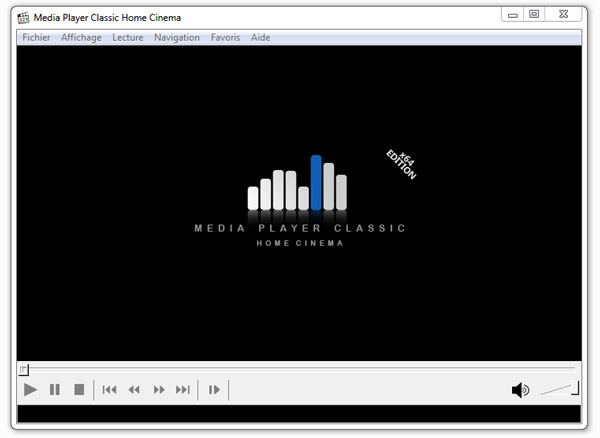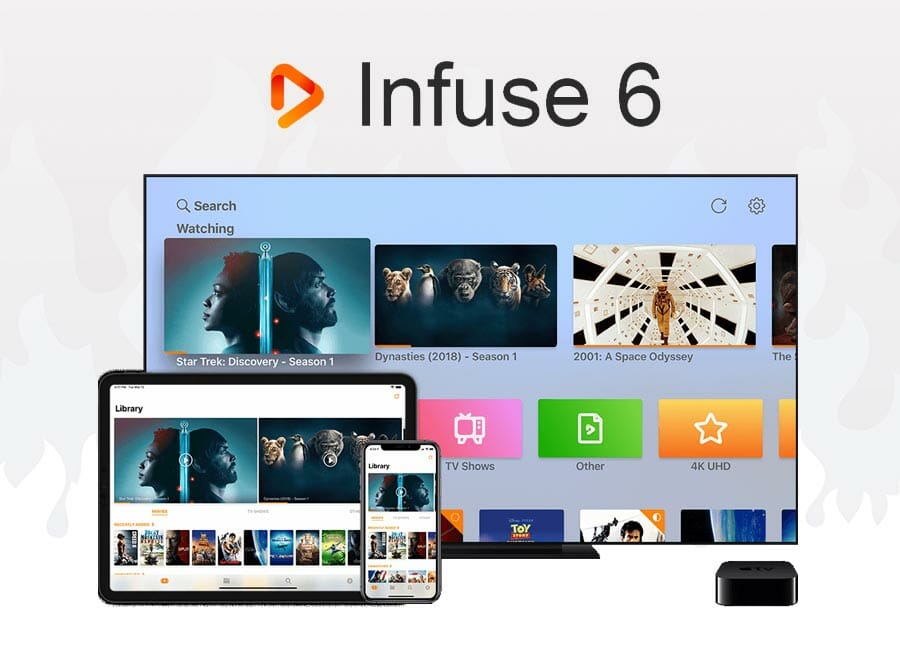


To my knowledge the only camera that used H265 was the Samsung NX1 which is now discontinued. The iPhone 6 and later use H265 for Facetime but not recording. Ironically there are mobile devices with H265 hardware support integrated in a SoC (System On Chip) because the mobile market has rapid turnover and the large volume supports huge development budgets. None of these are automatically used, but the application software must make specific API calls to use it.

This logic is entirely separate from the GPU although in some cases it is packaged on the GPU card but accessed with a separate API. H264 and H265 encode/decode can only be accelerated with algorithm-specific hardware logic, such as Intel's Quick Sync, nVidia's NVENC or AMD's VCE. The core algorithm is inherently sequential and not amenable to GPU-style parallelism. This has little to do with the GPU per se, as H264 and H265 cannot be meaningfully accelerated by a GPU itself. Even my top-spec iMac 27 cannot always play H265 4K without lag. H265 is immensely more compute-intensive than H264. If by some chance you are talking about H265 4K, that is an entirely different matter. I edit and play H264 4K video on my 2015 top-spec iMac 27 every day, and it will even play on my 2013 MacBook Air. It is not possible to answer your question definitively without knowing this. You have not specified what codec your 4K video is, what bit rate, where you got it, etc.


 0 kommentar(er)
0 kommentar(er)
